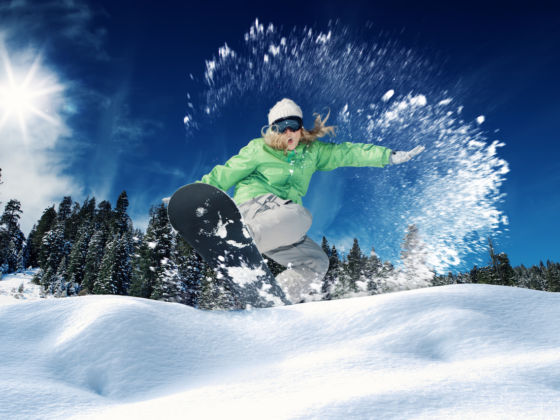North America has a predictable stash of snowfields every summer season.
You’ve probably passed right by them on road trips this month, wondering what it would be like bust out a pair of skis or snowboard and schlep your way up–and then down–that mountain.
Don’t just imagine, get out there and ride!
The following is a sampling of some of the best North American places you can either still make turns right now or plan on them for next summer.
